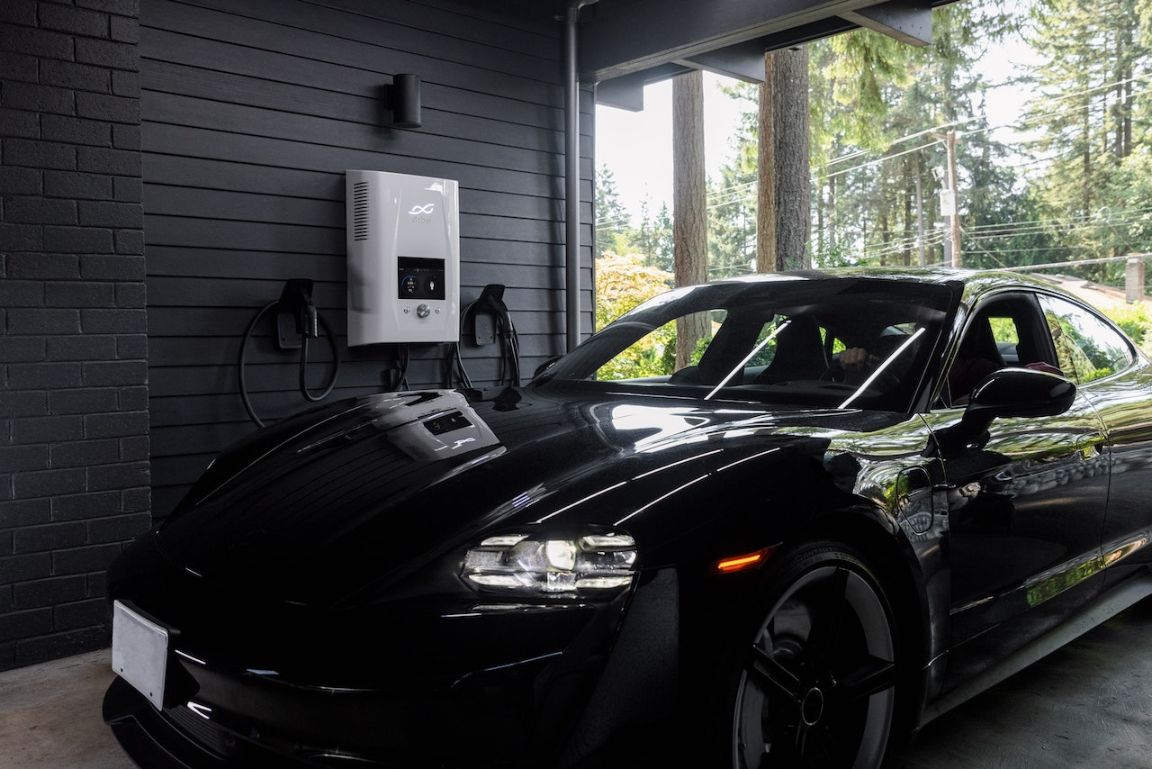Choosing painted auto body parts is a good idea when you want to get a car painted. The paint they use is top-of-the-line and can be customized to match the color of your car. They use a system to generate thousands of paint variations.
Preparing plastic car parts for paint
Whether you are painting plastic car parts for the first time or you’re looking for a change, there are some key things to keep in mind. First, it’s important to remember that plastic paint isn’t as hard as metal and that it has great insulation. It also has a large number of design options.
To paint plastic car parts, you’ll need to do a little prep work. A good primer is necessary and you’ll also want to get the right kind of clear coat paint. A good primer for plastic is SEM, which is labeled as an “Adhesion Promoter.”
Depending on the type of plastic you are working with, you may need to sand the surface to bring it back to its original shiny state. You can also use a cutting compound to polish the part.
Choosing factory-matched paint
Choosing factory-matched paint for auto body parts can be a daunting task. There are many variables that go into making a quality finish. Ultimately, you want to choose a paint that is compatible with your vehicle and is guaranteed to last.
It is not uncommon to find two-tone paint on some vehicles. This is a great choice for people who are looking for an economical option. Many body shops can match paint using blending techniques.
In general, paint manufacturers have done a lot of research to figure out how to match different car colors. They create different levels of paint quality and formulas. In some cases, metallic paint finishes are difficult to replicate.
A few manufacturers offer touch-up paint. They are often a little pricey, but they are the best option for buyers looking for a cheap paint job. Some of these manufacturers also offer custom paint mixes.
Also read: Top Comments for a New Car
Curing times
Generally speaking, automotive paint curing times range from 8 to 48 hours. However, in some cases, the paint can take longer to dry. This may result in problems with chipping, peeling, and shrinking. The best results are obtained when the paint is applied properly.
The first step to curing paint is to remove the moisture from the surface. This is done through the drying process. The solvents in the paint mix evaporate. The residual moisture in the paint begins to cure. When the paint has completely dried, the solvents are no longer present and the paint has been polymerized.
The next step in curing paint is to apply the next layer. In some cases, the technician may think that the coating is dry on the surface. Typically, the next layer needs to dry for several hours before it can be applied.
Cost to paint a Ford Econoline van vs a Volkswagen Golf
Compared to a Volkswagen Golf, the cost to paint a Ford Econoline van is a bit higher. This is due to the Econoline’s unique design, as well as the fact that it is a van, rather than a car. You can expect the price to go up as you add optional materials, such as paint and body filler, as well as custom details.
The cost of painting your van can vary. This will depend on several variables, such as the size of your van and the type of paint you choose. The price will also vary based on your skills and the skill level of the painter.
A mid-range paint job will include 3-5 coats of a vehicle paint and a coat of primer. In addition, you’ll also need a paint sprayer, masking tape to protect your trim, and a rust stripper to remove rust.
Also read: Stylish Comments for Makeup Artist
Preparing metal car parts for paint
Getting a paint job on metal car parts can be a successful process if you follow the proper steps. In addition to being a great way to protect and beautify your vehicle, a good paint job can give you a professional finish.
The first step in preparing metal for paint is to clean it thoroughly. This includes removing old paint and any mold-release agents. You can use acetone to clean it, but be careful. If the paint has been on the metal for a long time, it may be difficult to remove.
The next step in preparing metal for paint is to use a self-etching primer. This type of primer for painted auto body parts will etch the metal and create a base for the paint to adhere to. The type of primer you use depends on the type of metal you’re painting and the desired look. For example, you’ll want a different primer for ferrous metals such as steel and cast iron than you would for non-ferrous metals such as aluminum and stainless steel.






